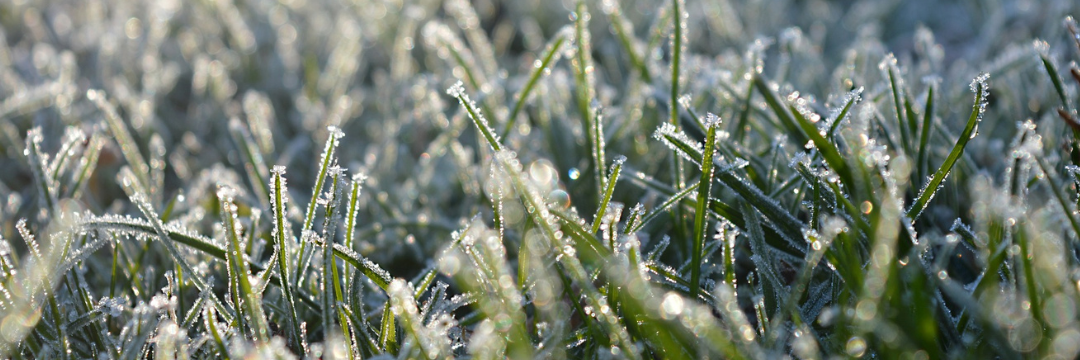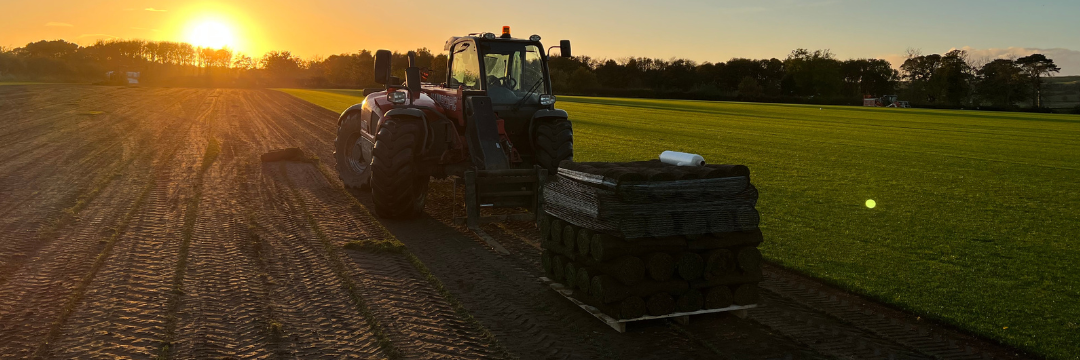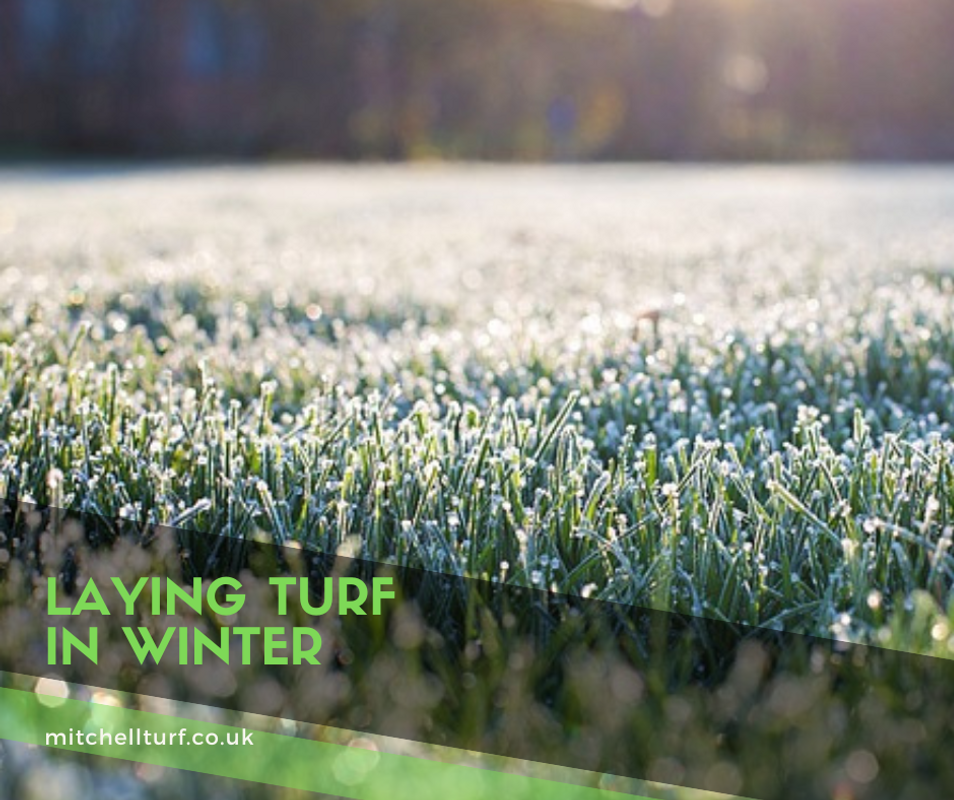Laying Turf in Winter
Can You Lay Turf in the Winter?
Winter isn’t usually a time associated with gardening, however if you can bring yourself to brave the cold, it's definitely worth your while. The Turf lasts longer and requires less maintenance as it will naturally receive plenty of rain. Laying turf in the winter allows the turf time to settle and root before the spring dew. If you get the big jobs done during winter, come the warmer days you can focus on growing your plants and vegetables and relaxing in your nicely turfed garden. Turf can be laid in the winter, but make sure to follow our tips below for the best outcome.
Can I Lay Turf When The Ground Is Frozen?
Plan ahead. The weather forecast is your friend, you need to be sensible and flexible. If there has been flooding or the ground has frozen, this will delay your work. Rolled turf in winter can be kept for 3 to 4 days, so don’t try laying turf in frosty weather, wait a couple of days for the turf rolls to thaw before immediately laying. Waterlogged soil can also cause you numerous issues. If your soil is heavy clay, it will be difficult to work with in winter. As part of your winter turfing preparation, dig in some Topsoil, this will help as a soil improver. Don’t fight mother nature, listen to what she is saying.
I’ve Just Laid New Turf And Its Frosty
If you’ve recently laid new turf, the frost won’t cause any long-term damage. Grass is a resilient and tough plant, but you must avoid walking on newly laid turf, especially in Winter, as it will cause damage. Check the forecast in advance and be prepared to be flexible when laying, frozen ground will delay work.
Safely Laying Turf In Cold Weather
Safety first. Health & safety needs to be a priority. Laying turf in cold weather will be more comfortable if your extremities are dry and warm. We suggest investing in a few pairs of garden gloves and some heavy duty boots. Handle wet turf with care as the turf rolls can be heavy, especially when soaked through, so watch your back and ask for help if need be. Dragging turf can cause rips or damage. If any damage does occur the pieces can be pressed back into place.

Using Turf Laying Boards
You should err on the side of caution and avoid walking on your lawn when it is blanketed by heavy frost or snow, as this will damage the grass and soil beneath. If you are going ahead with laying turf then use Turf Laying Boards as they distribute weight evenly, causing minimal damage. Soil compaction is one of the biggest problems when laying turf. It can cause a number of issues such as root runs and poor drainage. Inevitably, when you walk on soil being prepped for turfing, your feet will squish it. However when doing this in winter, if the soil is wet, it increases the problem. Remember that protecting your lawn turf in winter is important as it determines how healthy it’s going to be next year. It’s easier to damage your grass in the winter so make sure to use turf laying boards to avoid footprint damage.
Watering New Turf In Winter
One of the benefits of laying turf in winter is that the turf rolls last longer due to the colder temperatures. Also due to the increased rainfall you probably won't need to worry about watering new turf in winter. However, this combination can lead to the turf freezing overnight. You'll need to wait for the turf rolls to thaw before handling them as it can damage the roots.
Professionally Preparing Lawn For Winter
You can lay turf by yourself, but laying turf can be a hard job. Don’t do it alone, ask for help, this is a time consuming and big job in the winter months, so if you don’t think you’ll manage it then ask a Turf Specialist for some help. They have the right equipment and will work quickly and efficiently. Installing turf in the winter can be challenging. If the snow and frost is putting you in doubt, don't take the risk, request a quote from a turf installer who has year-round experience.

If you’re still thinking of tackling your turf in the winter use these monthly tips for the best outcome.
Laying Turf in December
Laying sod in December? Make sure leaves are raked away as they can cause long term damage to the turf by blocking sunlight and oxygen. Leaving tools out in cold and wet weather can damage them, so get them cleaned and put away after use. Toys and furniture are often overlooked, but after snowfall you’ll notice the area will be thinner than the rest of your lawn. The lawn mower can be kept in the shed, December is not the time to trim your lawn.
Laying Turf in January
You can lay turf in January. Be aware of frozen turf rolls, let them thaw before handling. Once the turf has thawed, lay immediately. You won’t need to water your turf as it’ll receive enough through rainfall. Trimming with the lawn mower is also not required. You’ll have a well established lawn by Spring.
Laying Turf in February
Customers often query: “Can I lay turf in February?”. We’ll often see snowfall and frosty conditions this month in Scotland. Following advice like in January, allow your turf to thaw before laying. There’s enough rainfall in February so you won’t need to water the turf. Your lawn mower can remain in the shed. Soil temperatures will begin increasing in March, then you can begin Spring Turf Preparation.

You can lay turf all year round, many of our customers do, provided the ground is free from frost or snow. Whilst you would probably prefer to stay warm indoors, laying turf during the winter really does have its advantages. Your turf will be well established and thriving by the time the summer months roll around.
If you would like to order your turf or require any further advice regarding winter lawn care, please contact us on 01236 452269 or email sales@mitchellturf.co.uk
Featured Products:



